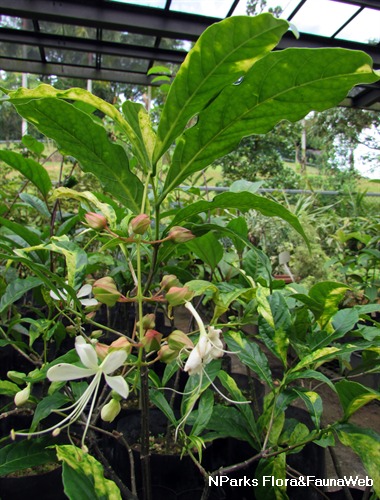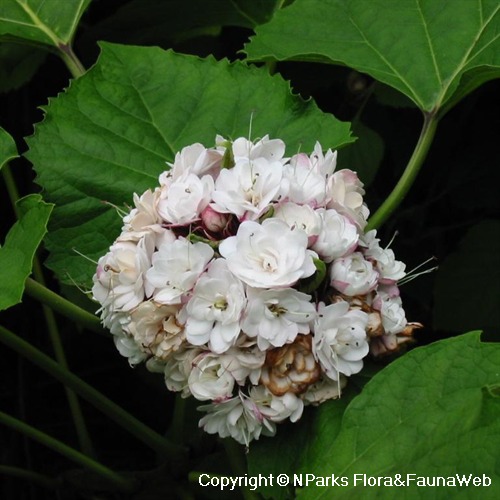
Back
Clerodendrum chinense
| Family Name: | Lamiaceae (Labiatae) |
| Synonyms: | Clerodendrum fragrans, Clerodendrum philippinum |
| Common Name: | Glory Bower, Cashmere Bouquet, Chinese Glory Flower |
Name
Classifications and Characteristics
| Plant Growth Form | Shrub |
|---|---|
| Mode of Nutrition | Autotrophic |
Biogeography
| Native Distribution | China, Japan |
|---|---|
| Native Habitat | Terrestrial |
| Preferred Climate Zone | Tropical |
Description and Ethnobotany
| Growth Form | Perennial shrub, able to grow up to about 2.5 - 3 m tall. |
|---|---|
| Foliage | Leaves simple and opposite arrangement, broadly ovate in shape, measuring about 6 - 25 cm long and 5 - 25 cm wide. |
| Flowers | White to whitish pink fragrant flowers in a cyme inflorescence found in terminal positions, calyx usually purple or red and measures about 10 - 15 mm long. |
| Others - Plant Morphology | Most parts of the plant finely pubescent. |
| Etymology | Genus epithet Clerodendrum is from the Greek word "kleros" which means chance and "dendron" meaning a tree. Species epithet chinensis means from China. |
Landscaping Features
| Desirable Plant Features | Ornamental Flowers |
|---|---|
| Landscape Uses | Parks & Gardens, Small Gardens |
Fauna, Pollination and Dispersal
| Fauna Pollination Dispersal Associated Fauna | Butterfly-Attracting |
|---|
Plant Care and Propagation
| Light Preference | Full Sun |
|---|---|
| Water Preference | Lots of Water, Moderate Water |
| Plant Growth Rate | Moderate |
| Rootzone Tolerance | Well-Drained Soils |
Foliar
| Mature Foliage Colour(s) | Green |
|---|---|
| Leaf Area Index (LAI) for Green Plot Ratio | 4.5 (Shrub & Groundcover - Dicot) |
Floral (Angiosperm)
| Flower Colour(s) | White |
|---|
Image Repository
Others
| Master ID | 524 |
|---|---|
| Species ID | 1820 |
| Flora Disclaimer | The information in this website has been compiled from reliable sources, such as reference works on medicinal plants. It is not a substitute for medical advice or treatment and NParks does not purport to provide any medical advice. Readers should always consult his/her physician before using or consuming a plant for medicinal purposes. |

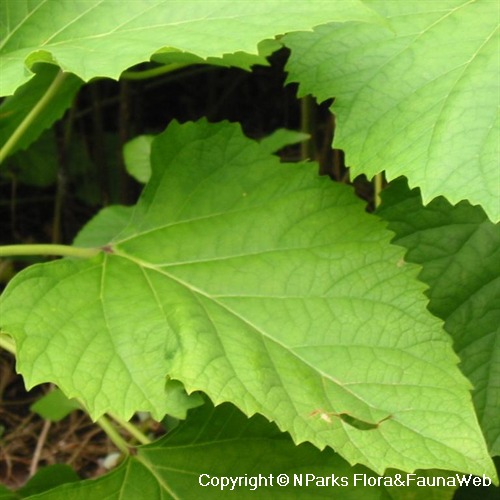
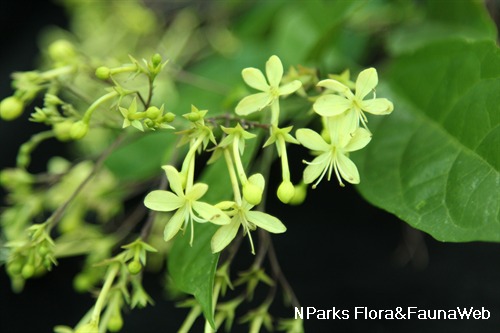
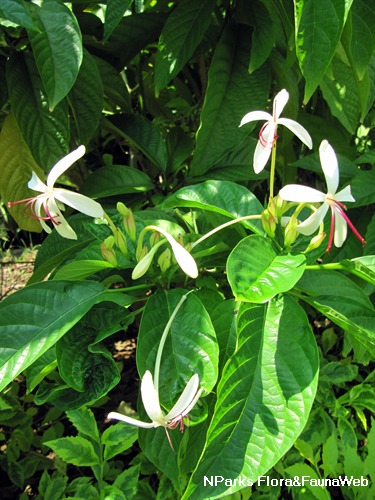
.jpg)
